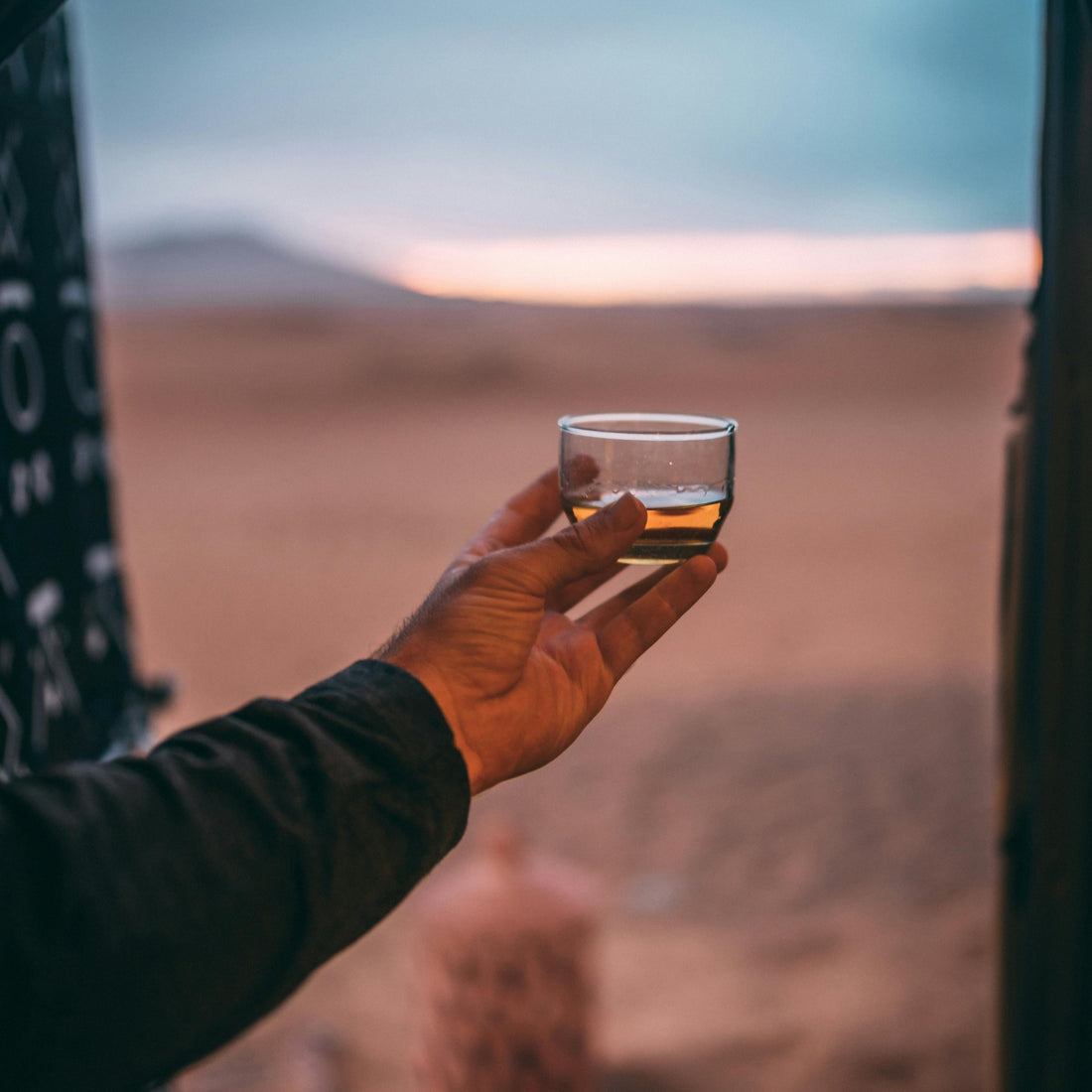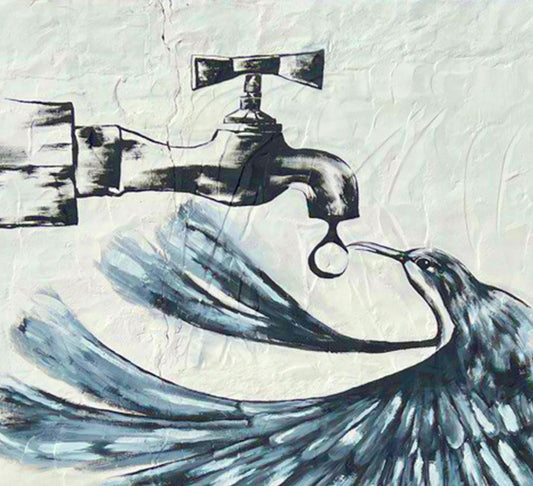ARTICLES
Brandy: The sunshine soul of the grape

Brandy is the sunshine soul of the grape – and we have loads of sunshine in South Africa! And that sunshine soul is precious, because for every 100 litres of base wine that goes through the copper stills to produce brandy, only 14 litres make it to the maturation barrels to rest for a minimum of 3 years.

South African brandies have been making the headlines for a number of years now with the excellent quality produced in both the blended and especially the potstill categories. Our brandies are exceptionally well received globally with a slew of international awards testament to this. A South African brandy has won the World Brandy award a staggering 20 times in the two most widely recognised spirit competitions, namely The International Wine and Spirit Competition (IWSC) and The International Spirit Challenge (ISC). This is quite a triumph and distinction for the South African brandy industry.
The history of brandy in South Africa dates back to arrival of Jan van Riebeeck of the Dutch East India Company at the Cape. The first sailor to spot land was to receive a tot of brandy as reward. This was to become custom for all Dutch ships that arrived safely at the foot of Table Mountain, having survived the turbulent seas of the Cape of Storms.
Brandy was a regular import to the Cape from the first arrival of settlers to the Cape shores, but reserved only for officials of the Dutch East India Company (VOIC). When sold to other interested parties, the prices of course, were exorbitant. A Free Burgher, Cornelis Mostert, managed to secure permission to buy brandy from other visiting ships for sale to the ever-growing interest in brandy. This move severely undercut the prices of the officially imported brandy and as a result, local consumption increased.
The first local distillation of brandy in the Cape is thought to have taken place on board the Dutch ship ‘De Pijl’ anchored off Table Bay in 1672. An assistant cook, equipped with a ‘proper’ potstill started with two leaguers (about a 1164 litres) of Cape wine. He double distilled the wine into three ankers (about 130 litres) of brandy. An anker was a common size cask on sailing ships and contained roughly 40 liters. The brandy was of course totally unmatured, but it mattered not, as it was in great demand by the locals and sold out very rapidly.
Despite the start of local distillation, there was never really enough produced locally to meet the demand. In addition, the quality was quite poor, prompting consumers of means to continue to buy the expensive European imported brandy. The Great Trek saw brandy as part of indispensable supplies, with every Boer wagon carrying a small cask of the treasured liquid. The discovery of diamonds at Kimberly and gold in the North really brought about the first production of local brandy on a commercial scale. With the KWV taking control of all brandy production in 1924, prices were fixed and brandy production was then centralized. With the use of the most modern methods of distillation, South African brandy quality was taken to new heights. Good or bad, many brandy distillers today credit the KWV for setting precise brandy production guidelines based on those of Cognac, France.
Today the South African brandy scene is ever changing with innovation the buzz word. Says Christelle Reade-Jahn, director of the South African Brandy Foundation: “We are seeing an unprecedented move to premiumisation in the South African and African market for top potstill, craft and Cape Brandies. Many of the producers have launched opulent new packaging and innovative intrinsics such as high aged product as well as new varieties of base wine for brandy such as Merlot, Cabernet Sauvignon and Muscat. There is a move to creating unique finishes such as Single cask brandies available in limited quantities. Several of our producers are also innovating with infusions such as Rooibos Cape Fynbos, Kalahari Truffle, honey, buchu, vanilla and even a Bourbon and Port cask finishes. The premiumisation drive showcases the excellence of South African brandy masters and their creativity within a very carefully controlled quality platform.”
For those new to the world of brandy, the useful Aroma Wheel from the SA Brandy Foundation is your ‘learner’s licence’ for distillery tastings and getting to grips with the complex flavours to be enjoyed in premium potstill or Cape brandy. “The Aroma Wheel really reveals the kaleidoscope of brandy. It explains the aromas and flavour notes you’ll commonly find in brandy, by using approachable language and everyday reference points,” says Reade-Jahn. “We wanted to make the experience of appreciating fine brandy easily accessible for everyone. It’s not about ‘geek-speak’ and complicated concepts. That’s not what brandy is about. It’s about enjoyment.”
Potstill or Cape Brandy is on a steady path to premiumisation, and is increasingly sought-after by mixologists in upscale cocktail bars. Those who would rather shake things up in the comfort of their own home, can access a selection of inspiring brandy-based cocktail recipes via the website, including downloadable instructions.
Do try the sunshine soul of our grapes this festive season – experiment, share, enjoy and above all always imbibe responsibly.
Dr Winnie Bowman
- Cape Wine Master

 Back to Blog
Back to Blog



